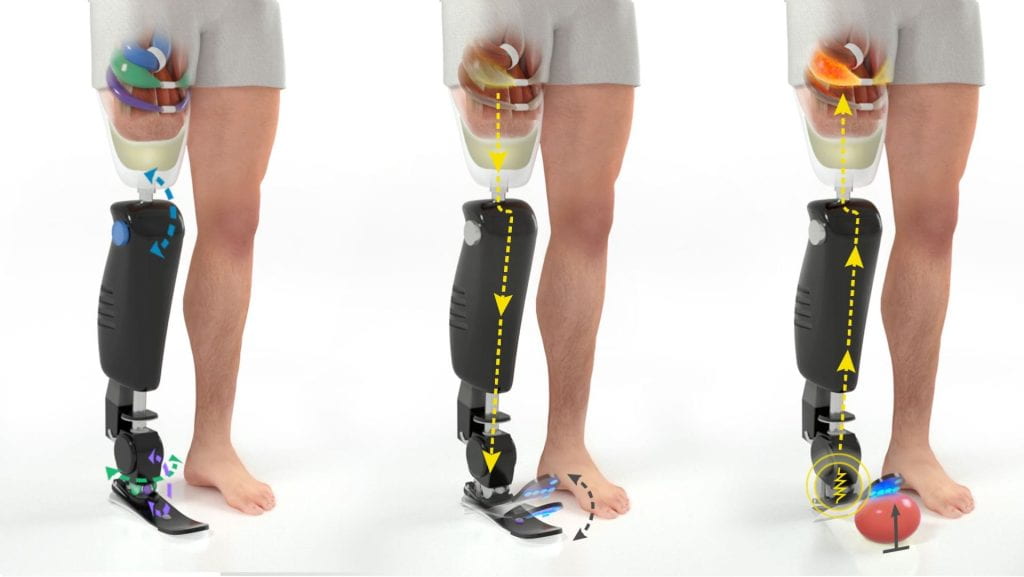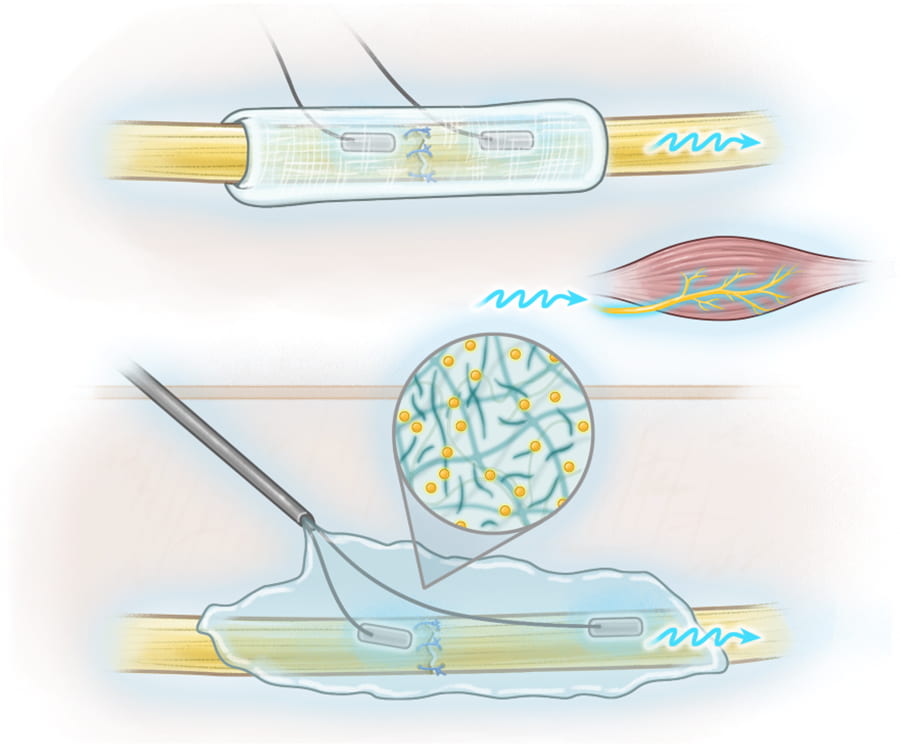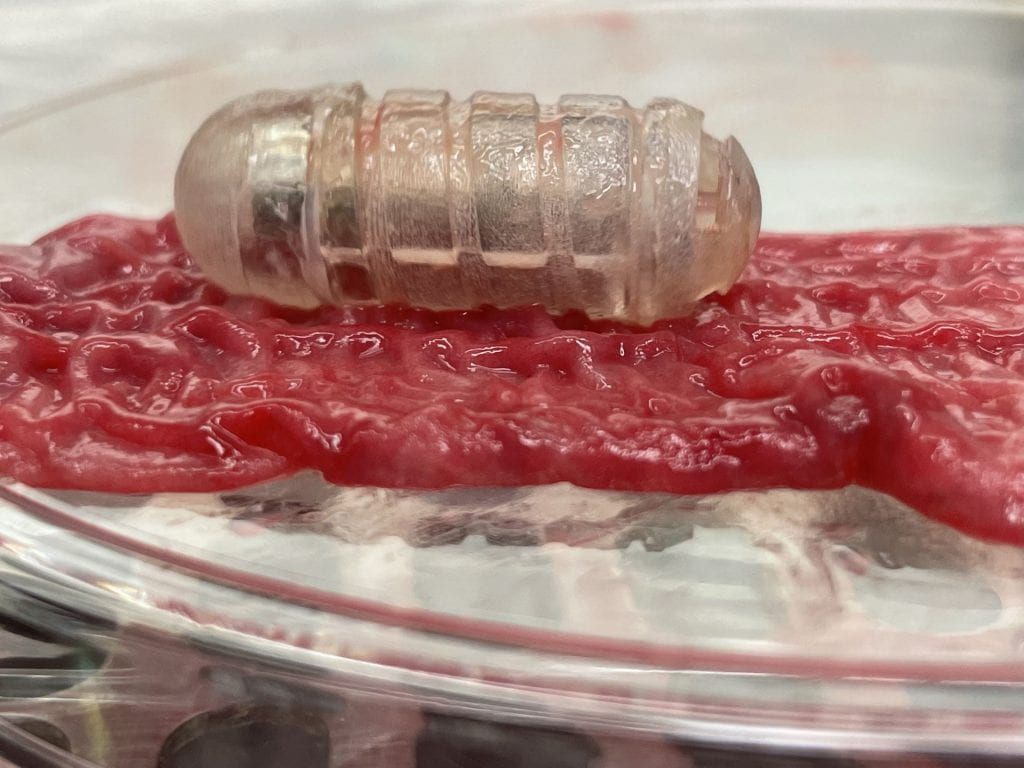Human-Machine integration
Nature is a brilliant engineer: eons of evolutionary optimization have yielded sophisticated biological machines proficient in dynamic sensing, regeneration, and remodeling, drastically outpacing synthetically-engineered constructs. While the recent decades have ushered tremendous advancement in mechatronics, bioelectronics, computing and materials, engineered synthetics often lack harmonious integration with the human body. Disciplinary silos between engineers, biologists, and surgeons, scant understanding of neural control mechanisms, and technological limitations separate the tissue-machine interface. The Lab’s mission is to seamlessly integrate biological organs with the engineering advances of the last several decades through a transdisciplinary approach that combines rigor in both biomedical science and engineering.
Neuromuscular Physiology
The human nervous system continues to puzzle us in its mechanism to receive, integrate, and produce signals that guide everything from gross motor movements to nuanced sensation. Using animal and human models, the lab will decode peripheral nerve physiology to enable the holistic development of neural interfaces.
Bidirectional Neural Interfaces:
The lack of prosthetic sensory feedback is a predominant challenge that diminishes usability and has throttled widespread acceptance of robotic prostheses. Current electrical or vibratory feedback approaches 1) require time-consuming, patient-specific tuning, 2) lack anatomical specificity, 3) sometimes produce unnatural sensations, and/or 4) diminish in efficacy through sensory adaptation.
Srinivasan et al. have developed neural interfaces to enable proprioceptive and cutaneous sensory feedback. These include the Agonist-Antagonist Myoneural Interface (AMI) and the Cutaneous Mechanoneural Interface (CMI). The AMI has already been translated to 40+ patients around the world. These patients are able to better control prostheses and receive feedback about how they are moving.
The BIONICs lab will work on projects aimed towards developing bidirectional neural devices that can robustly receive and send neural signals from and to the nervous system.


Surgical Reconstruction
Using novel tissue engineering and surgical reconstruction techniques, we can create Biohybrid Organs, new neuromuscular structures which leverage natural mechanoreceptor functionality, to restore sensory and motor signaling to the peripheral nervous system.
Implantable and Ingestible Bioelectronics
Integrating biohybrid organs with neural interfaces requires biocompatible sensor and actuator development. The lab will focus on the development of implantable hardware to read and write to the peripheral nervous system.
